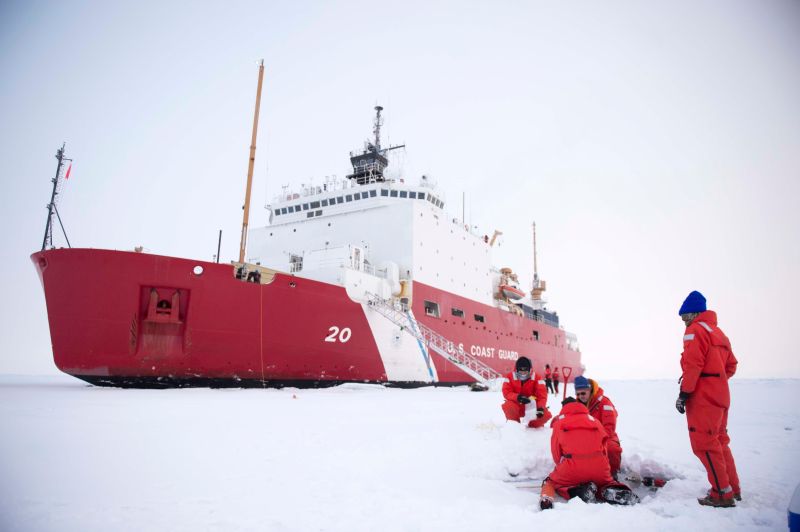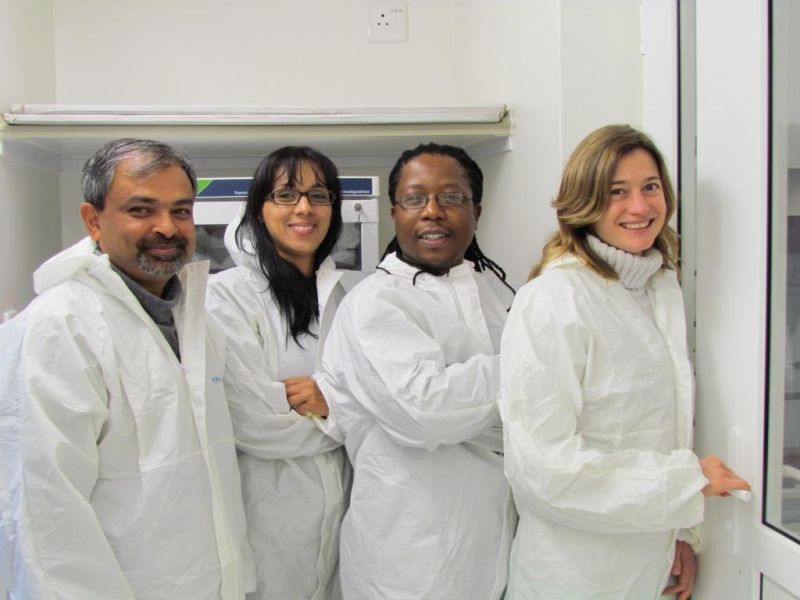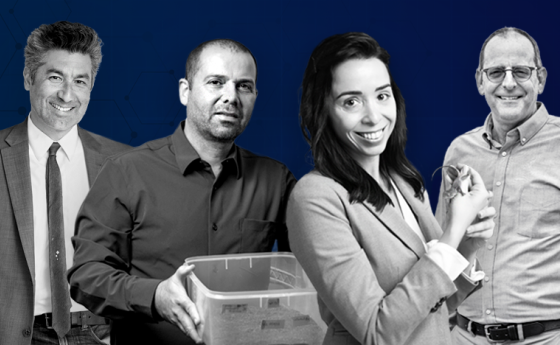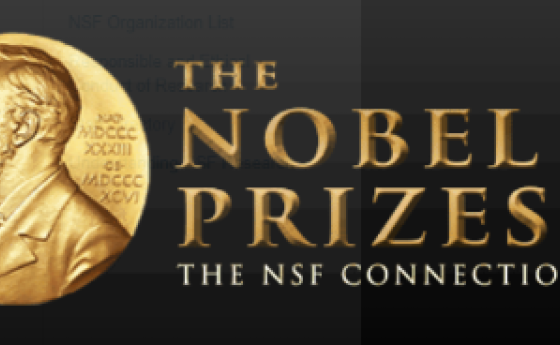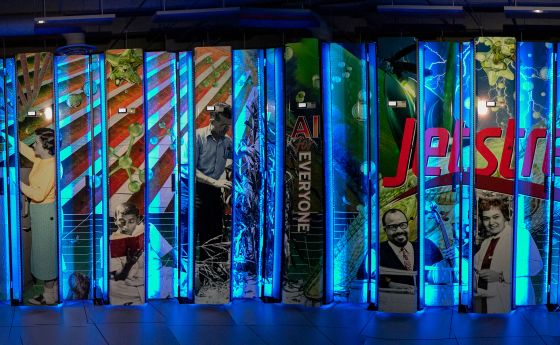
GEOTRACES research voyages: Studying rare substances in the oceans
Trace elements are rare but can be incredibly important. Some, such as iron, are micronutrients – similar to vitamins, they are needed only in very small amounts but are essential. Others, like mercury or cadmium, can be toxic. Certain trace elements can be important indicators that help scientists better understand ocean dynamics. For example, levels of a form of neodymium can help scientists monitor ocean circulation. Many trace elements are also helping scientists understand the oceans' role in climate change, both in the past and the present, which can help predict climate in the future.
What the ocean can tell us about the health of the planet
The GEOTRACES program studies the occurrence of these rare but very important elements in the oceans. This globally-focused initiative, supported by the U.S. National Science Foundation's Chemical Oceanography Program, aims to map and understand the processes controlling the global distribution of dozens of trace elements and isotopes, or different forms of an element with slightly different atomic weights, from research conducted aboard oceanographic vessels. Scientists can get a better understanding of how trace elements affect biological productivity, climate change and historical environmental conditions from these data and are making an atlas of trace element distribution.
Some of their recent discoveries have been about essential trace elements, which act as micronutrients, and how climate change is starting to affect the distribution of these ocean "vitamins." For example, glaciers that are melting because of climate change are releasing the trace element iron. The release of this micronutrient in turn is affecting the productivity of the marine ecosystems that these melt waters flow into. In addition, they found that changing levels of radium in the Arctic is an indication that melting ice Arctic has been stirring up nutrients and leading to dramatic changes in coastal Artic food webs and ecosystems.
Levels of beryllium have allowed scientists to monitor how dust blown from the land into the atmosphere can be carried thousands of miles from its source. This dust can land in the ocean and often carries important micronutrients for ocean plankton, such as zinc, nickel and copper. Scientists also discovered that in the surface waters of the Southern Ocean, the trace element manganese is a vital micronutrient which effects levels of plankton in this region, and therefore, the entire food web from krill to penguins to blue whales.
A true global partnership
An important factor in the development of GEOTRACES was the realization that the problems facing the world's oceans were too large for any one nation to handle. Thus, the investigators were aware from the beginning that international collaboration was essential. To date, 124 research voyages have been completed, with 19 countries involved in leading these expeditions: USA, U.K., France, Germany, the Netherlands, Japan, Australia, New Zealand, China, Taiwan, Canada, India, Spain, Sweden, Poland, South Africa, Brazil, South Korea and Israel.
GEOTRACES operates international summer schools and holds training workshops in locations such as India, South Africa, South Korea and China, and also employs a diverse team of early career researchers. These scientists get hands-on experience helping to plan and execute expeditions, and learn to conduct open ocean research, handle the latest marine science technology and address the unique challenges of conducting lab work at sea.
"It is one thing to work on science in relative isolation but conducting science among a diverse group is inspirational and motivating," said Laura Whitmore, a postdoctoral researcher with the University of Alaska Fairbanks. "GEOTRACES promotes collaboration and discussion through workshops, but the time spent at sea with other scientists can't be beat as a way to learn about and be inspired by research."
Wen-Hsuan Liao with the Institut Universitaire Européen de la Mer in Plouzané, France, was an early career researcher participating in GEOTRACES. "Experiencing different cultures and learning from scientists from different countries was a big plus to me. I made a lot of friends through this international program, both senior scientists and the ones in my generation," said Liao.
GEOTRACES is providing essential data on ocean chemistry, climate change, and the nature and functioning of the oceans. The program is also a role model for international partnership and coordination in order to achieve major scientific endeavors. This is one of the reasons why the United Nations has endorsed it as one of the official Ocean Decade Actions of the U.N. Decade of Ocean Science for Sustainable Development.
The GEOTRACES program may be searching for rare elements, but the elements of collaboration, collegiality and camaraderie are some of the commonest features of their expeditions.
NSF funds other ocean trace element research, too. Dr Brian Haley (who is also part of the GEOTRACES team) is conducting a study on trace elements in ocean sediments – as explained by Larkin Bohn in this video.

